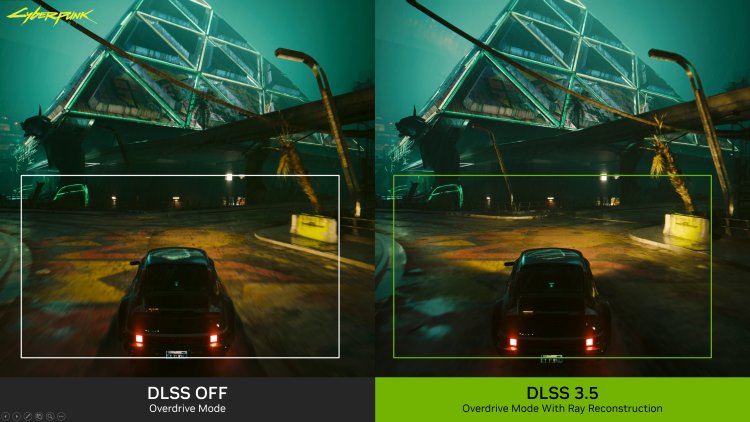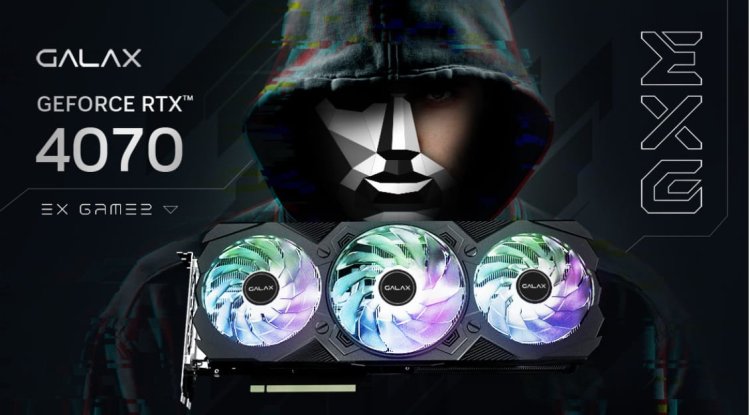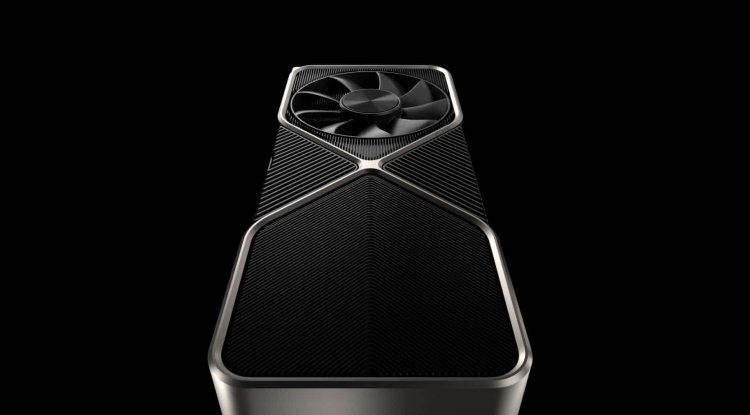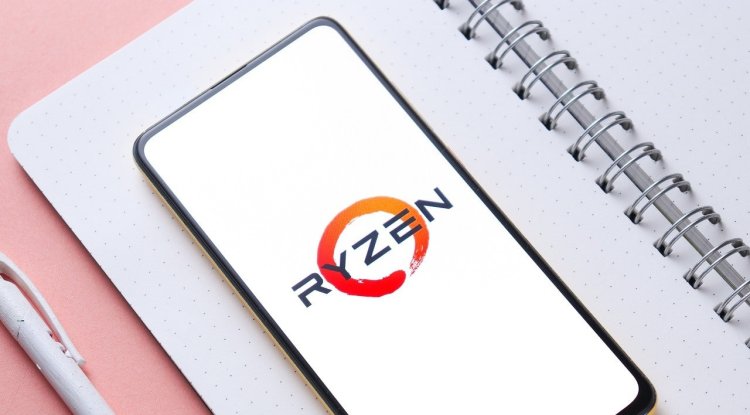Nvidia DLSS 3.5 Ray Reconstruction: An In-Depth Analysis with Cyberpunk 2.0
Nvidia's latest breakthrough in gaming graphics, DLSS 3.5, marks a significant advancement in rendering technology. This article delves into its key feature, the ray reconstruction, particularly its integration and performance in Cyberpunk 2077 2.0.

The Essence of Ray Reconstruction
Defining Ray Reconstruction
Ray reconstruction emerges as a pivotal upgrade in gaming graphics. Traditional ray tracing methods produce a noisy visual output due to the high computational demand on graphics cards. To mitigate this, developers use denoising filters, which, while reducing noise, introduce other issues like ghosting and detail loss.
How DLSS 3.5 Enhances Ray Tracing
DLSS 3.5 introduces an AI-enhanced denoiser, replacing the game's standard denoising process. This integrated approach combines upscaling and denoising into one algorithm. As a result, it not only upscales images from lower pixel counts but also reconstructs ray tracing effects from low ray count images, promising higher quality with fewer artifacts.
DLSS 3.5's Integration in Cyberpunk 2077
Early Observations
Our hands-on experience with DLSS 3.5 in Cyberpunk 2077 highlights its potential as well as its current limitations. The technology, while in its nascent stages, shows promise in enhancing visual fidelity, particularly in ray-traced environments.
Compatibility and Limitations
Currently, DLSS 3.5's ray reconstruction is trained to work exclusively with DLSS upscaling, excluding compatibility with Deep Learning Anti-Aliasing (DLAA). However, Nvidia has indicated that future updates may extend support to DLAA.
Also Check TCL 30 5G brings the fastest data and AMOLED
Visual Impact of Ray Reconstruction in Cyberpunk 2077
Quality Improvements and Limitations
Our analysis reveals that ray reconstruction in Cyberpunk 2077 brings both improvements and unchanged aspects in visual quality. There are areas where the technology enhances reflections, shadows, and overall image clarity, while some aspects remain similar to previous rendering methods.
Detailed Visual Analysis
Using an Asus ROG Strix GeForce RTX 4090 and a Ryzen 7 7800X3D test system, we set the game to 4K ultra settings with path tracing and DLSS Quality mode. The visual comparison, available in our video breakdown, shows the nuanced improvements and limitations of this technology in a real-world gaming environment.
Performance Assessment of DLSS 3.5
Impact on Frame Rates
Our tests across various resolutions and DLSS modes show that ray reconstruction has a minimal impact on frame rates. On the RTX 4090, the differences were marginal, with a typical variation around 1%, which falls within the margin of error.
Superior Image Quality with Minimal Performance Cost
Despite its negligible impact on performance, DLSS 3.5 significantly enhances image quality. It produces higher fidelity in ray-traced effects, reduces noise and ghosting, and improves lighting accuracy, leading to a more defined and responsive visual experience.
Naming Confusion and Compatibility Concerns
The Evolution of DLSS Naming
Nvidia's naming convention for DLSS has evolved, leading to some confusion. Initially, DLSS referred to Nvidia's upscaling technology, but it now encompasses a broader range of AI rendering technologies. The introduction of new features like Frame Generation and ray reconstruction adds to this complexity.
Compatibility Issues
There's potential confusion among consumers, especially RTX 30 series owners, regarding the support for different DLSS features. For instance, while DLSS 3 Frame Generation might not be supported, DLSS 3.5 ray reconstruction is available on these cards.
Conclusions and Future Prospects
Initial Impressions of DLSS 3.5 in Cyberpunk 2077
Our first experience with DLSS 3.5 ray reconstruction in Cyberpunk 2077 is largely positive. The technology presents a notable improvement in image quality for ray-traced effects without compromising performance. This includes enhanced reflections, shadows, and a cleaner, more responsive image.
Looking Forward
As DLSS 3.5 continues to evolve, its potential for transforming gaming graphics is significant. Future updates and wider game support could further solidify its position as a pivotal technology in achieving high-fidelity graphics with efficient performance.





































